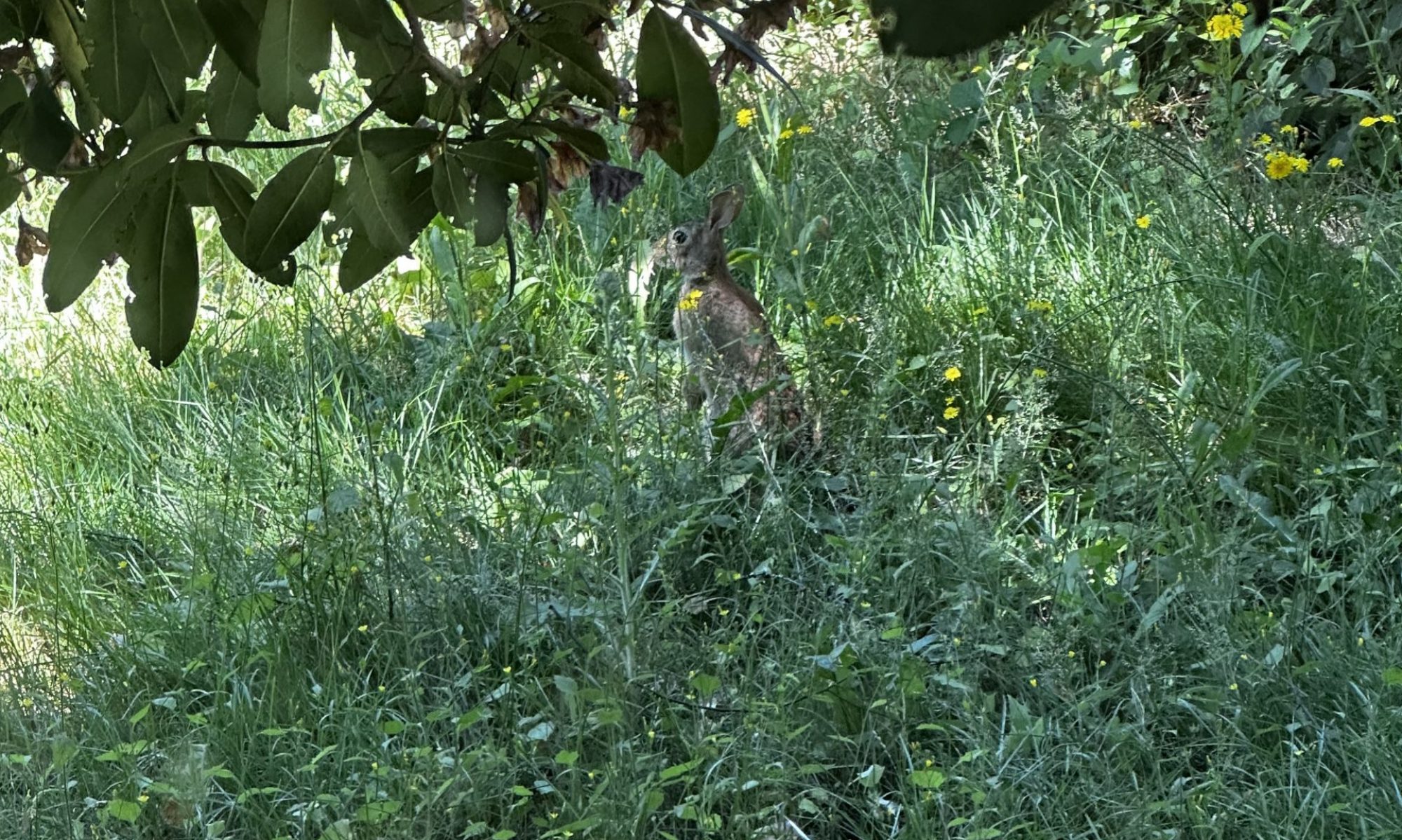Grief does not change you, Hazel. It reveals you. ~John Green, The Fault in Our Stars
The trauma said, ‘Don’t write these poems.
Nobody wants to hear you cry about the grief inside your bones.’ ~Andrea Gibson, The Madness Vase
Grief. It is so complex, with its ebbs and flows and intricacies and nuances. When we grieve a death, be that the end of a life, or the end of a relationship, or the end of a phase in life, we can understand what it is we are grieving. There is a concrete thing that has been lost. We can wrap our brains around it, allow for the grief because it “makes sense.”
And there is more in our lives for us to grieve than the endings of people or relationships or phases of life.
There is the grief in beginnings (because every beginning exists hand in hand with an ending).
There is the grief in the paths not taken, either intentionally or unconsciously.
There is the grief in who could, who would, we have been if we hadn’t experienced that one thing or that series of things. What I call the “what if” grief.
What if grief is one of the kinds of grief we experience when we are processing our complex trauma. What if my parents hadn’t been alcoholics? What if he had never touched me? What if they had been paying attention and stopped what was happening? What if they had loved me in the ways I needed?
When we experience childhood trauma we lose a lot. We lose choices. We lose options. We lose our childhood. We lose our innocence.
There is a whole lot of grief in all that is lost. Especially when we wonder who we might have been, what our life might have been like if these things hadn’t been done to us.Would we have dated those people? Would we have made this career choice? What would I feel like in my own body? What would food taste like? Sex feel like? How would my relationships, all of them, look different?
Of course there are no answers to those questions, or rather no known answers. We can imagine the answers, but we’ll never know, because that is not our life or the laws of physics work.
Even so, we can grieve that unknown, because the one thing we do know, is we would not be who we are. We, in all likelihood, would not have the same daily emotional, psychological, or physical experiences that we have now. We would be different people because the events that shaped who we are would have been different.
Part of my work with my individual clients is this grief work. It is never forced, and in time, it comes up. Within this grief is anger, sadness, frustration, bitterness, loneliness, despair, anxiety, overwhelm, apathy… and a whole host of other emotions. Learning to feel each of these emotions as separate, learning to articulate them, learning to be in them without keeping ourselves stuck in them… this is all part of the work.
This grief appears naturally, in its own time. It can’t be forced. We can’t make emotions happen. They happen, in their own time. We can learn to recognize them, to feel them, to allow them, to process them, to let them flow in and out in their time without feeling flooded. Time, practice, and intention. All those are needed.
This grief is real. It’s not being “self-pitying.” It is part of exploring the full range of the impact of our experiences and seeing the ways we carry that trauma in our life. Allowing space for this grief allows that much more space for us to know ourselves more fully, more wholly. It gives more space to our own processing, shifting, and growth.
Grief is not one of the funnest or easiest emotions for most of us. And it is an important part of our human experience. It has been said that we only grieve that which we loved, that which meant something to us. How beautiful is it then, for us to grieve the parts of our Self that were lost; how beautiful is it that we have come to love our Self so deeply that we can grief for all that we lost, all that was taken from us, all that we may never have for ourselves?
/../
This essay was originally published to my newsletter on August 18, 2019 and has been edited for publication here. To receive my most recent essays, you can subscribe to my newsletter here.
In Embodied Writing :: Unspoken Grief we will spend seven weeks exploring the grief that goes with having experienced childhood trauma. To learn more about the program, click here. We begin on September 2. Partial scholarships are available.
